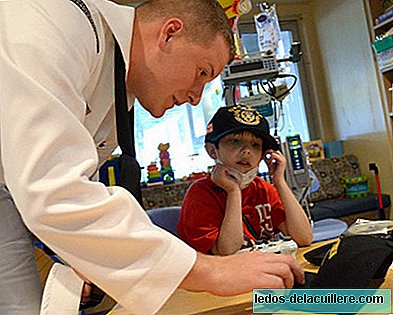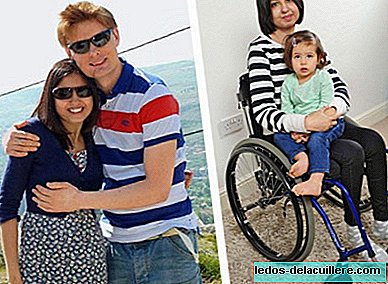
Due to the increase in births of premature children, new ideas arise to try to maximize their care.
We have known how an incubator works, as well as an outline of how it could be an incubator of the future. We will know more details.
Spanish researchers from the universities of Salamanca, Castilla-La Mancha and Polytechnic of Madrid are working on the creation of an artificial placenta that replaces (as far as possible) the function of the maternal uterus with the aim of providing a more natural development than that of the incubators.
The project consists of a neoprene placenta containing amniotic fluid with a heating circuit to mimic the mother's body temperature. It also has an underwater speaker that reproduces the mother's sounds, as well as a system that mimics the parents' tactile stimuli, although parents can also pet the baby from outside.
The baby is connected to the artificial placenta through the umbilical cord that allows blood to pass from the child to a dialysis system with a high concentration of oxygen. The goal is for the child to receive oxygen through the umbilical cord, as in the womb, to avoid using the lungs until they have reached the state of maturity necessary to function on their own.
From the technological point of view it sounds great. Much more similar to the mother's womb than a cold incubator with lights, strange noises and little human contact. However, I still think that the Kangaroo Method is the best method for the treatment of premature babies. Perhaps in the combination of both is the key, but I think (and studies endorse it) that a premature baby, and not premature too, inevitably needs skin-to-skin contact with his mother and breastfeeding for better development .












